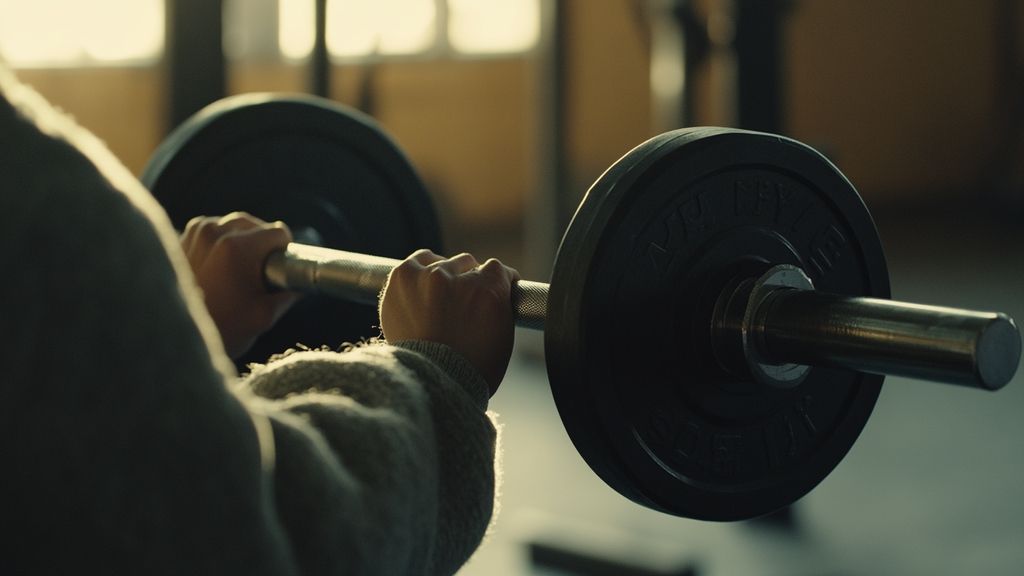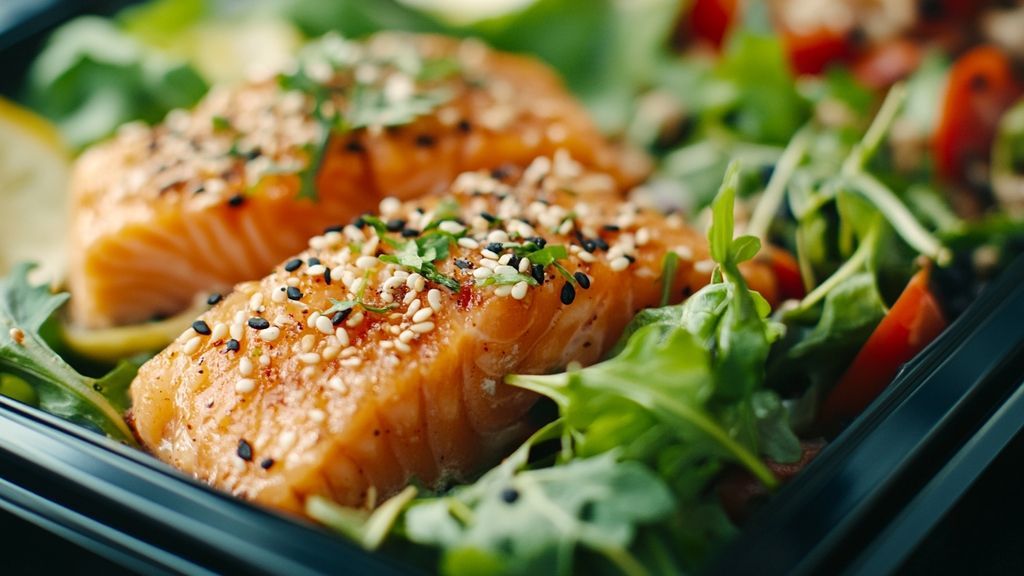Understanding the design of CrossFit classes can transform your fitness journey, ensuring that you maximize your performance and achieve your health goals. This unique fitness methodology has gained remarkable popularity, not only for its intensity but for its distinctive approach to training. By diving deep into how these classes are structured, you can unlock the potent secrets that lie within.
CrossFit is more than just a workout; it’s an intricate blend of strength, endurance, and flexibility training delivered in a supportive community atmosphere. The structure of the classes fosters a sense of camaraderie, motivation, and a competitive spirit that pushes individuals to push their limits. From the warm-up to the cool down, every component is designed to optimize performance and enhance recovery.
This article examines each facet of CrossFit class structure, outlines the key elements that contribute to a successful workout, and explores how you can leverage this knowledge to refine your training regimen. Understanding the flow of a typical CrossFit session is crucial, empowering athletes of all levels to elevate their performance and reach new heights.
Understanding the Workout Structure
The core of any CrossFit class lies in its workout structure, which is methodically designed to provide balanced training across multiple fitness domains. A typical class will include a warm-up, skill or strength training, the WOD (Workout of the Day), and a cool-down session. This systematic approach not only promotes physical strength and endurance but enhances overall athlete performance.
The Warm-Up: Preparing for Success
A dynamic warm-up kicks off the session, aiming to elevate heart rates and prepare muscles for the impending intensity. This phase is crucial, as it helps prevent injuries while enhancing mobility. Common warm-up activities include light cardio, dynamic stretching, and mobility drills that specifically target the muscles to be engaged during the WOD.
Skill Development and Strength Training
Following the warm-up, many classes integrate a skill or strength segment. This part emphasizes form and technique, essential for executing more complex movements safely. Coaches often guide participants through Olympic lifts, gymnastics movements, or foundational strength exercises, allowing individuals to hone their skills over time.
The Workout of the Day (WOD)
The WOD is the centerpiece of a CrossFit class. It varies daily and can involve a range of functional movements, designed to improve overall fitness levels. Whether it’s high-repetition bodyweight exercises, kettlebell swings, or timed circuits, WODs keep athletes engaged and constantly challenged, ensuring that each workout is unique.
Cool Down: Recovery Matters
After the intense exertion of the WOD, the cool-down is integral for starting the recovery process. This phase employs static stretching and perhaps some foam rolling techniques to alleviate muscle soreness and fatigue. Proper recovery enhances performance in future workouts and encourages longevity in fitness.
Scaling: Tailoring Workouts for Every Level

One of the distinguishing features of CrossFit is its scalability. Regardless of an athlete’s experience or fitness level, workouts can be adjusted to suit individual needs. This adaptability makes CrossFit accessible to a wide audience, from seasoned competitors to beginners.
How Scaling Works
Scaling allows individuals to modify movements, weights, and intensities while maintaining workout integrity. For instance, if a WOD includes muscle-ups, a beginner might opt for jumping pull-ups instead. This structured flexibility ensures that everyone can participate without feeling overwhelmed.
Examples of Scaling
In a typical CrossFit class, scaling might look like reducing the number of repetitions, incorporating lighter weights, or substituting easier movements. The goal is to keep athletes challenged while encouraging progress, essential for fostering a growth mindset.
Community Support in Scaling
The communal aspect of CrossFit plays a vital role in successful scaling. Athletes often share their experiences and tips, motivating one another and celebrating each other’s achievements. This supportive network fosters a positive environment where everyone feels empowered to improve, regardless of their starting point.
Periodization: The Key to Continuous Improvement
Periodization in CrossFit refers to the systematic planning of training phases to optimize performance and allow for recovery. This method prevents plateaus and keeps athletes progressing towards their goals.
Understanding Periodization
CrossFit classes typically incorporate cycles of training that focus on different aspects of fitness. These phases may prioritize strength, endurance, or skill development while integrating recovery weeks. By alternating focuses, athletes can ensure balanced growth across all competencies.
Cycling Through Strength and Conditioning
The importance of balancing strength and conditioning cannot be overstated. A CrossFit program might alternate between strength-focused days and conditioning-heavy workouts to build a well-rounded athlete. This cyclical design encourages continuous adaptation, enhancing performance on multiple fronts.
Maintaining Motivation with Periodization
Moreover, periodization fosters motivation by providing variety in training. Athletes can look forward to different focus areas, keeping them engaged. As participants progress through various cycles, they can witness tangible improvements in their performance, further bolstering their motivation to train consistently.
Nutrition’s Role in Performance Optimization

A well-structured CrossFit class not only emphasizes physical training but also highlights the importance of nutrition for optimal performance. Fueling the body appropriately enhances recovery, supports muscle growth, and maximizes workout results.
Dietary Guidelines for CrossFitters
CrossFit athletes often adhere to specific dietary strategies that prioritize whole foods and nutrient-dense ingredients. Consuming adequate proteins, healthy fats, and complex carbohydrates plays a pivotal role in sustaining energy levels throughout the intense training.
The Importance of Hydration
Equally important is hydration, which can significantly affect performance. Proper fluid intake before, during, and after workouts supports physical performance and recovery, helping prevent dehydration-related fatigue.
Supplementation: Do You Need It?
While whole foods should be the cornerstone of any diet, some CrossFit athletes may explore supplementation to further enhance their progress. Consulting a professional can provide guidance on whether supplementation aligns with personal fitness goals.
The Community Aspect of CrossFit
The community surrounding CrossFit is one of its strongest assets. Engaging in workouts with others fosters a unique bond among participants, essential for pushing through challenges and celebrating successes together.
Building Connections through Shared Goals
Working out in a supportive environment allows athletes to connect with like-minded individuals. These relationships often extend beyond the gym, fostering friendships that inspire consistent attendance and enhanced motivation.
Participating in Events and Competitions
Many CrossFit gyms organize regular events and competitions, encouraging members to showcase their progress. Such activities create additional motivation to push through workouts, build confidence, and strengthen the community.
The Impact of a Strong Community on Performance
Studies have shown that individuals tend to perform better in group settings. The camaraderie in CrossFit classes cultivates a spirited atmosphere that pushes athletes to exceed their limits. The power of the community cannot be underestimated when it comes to achieving personal fitness goals.
